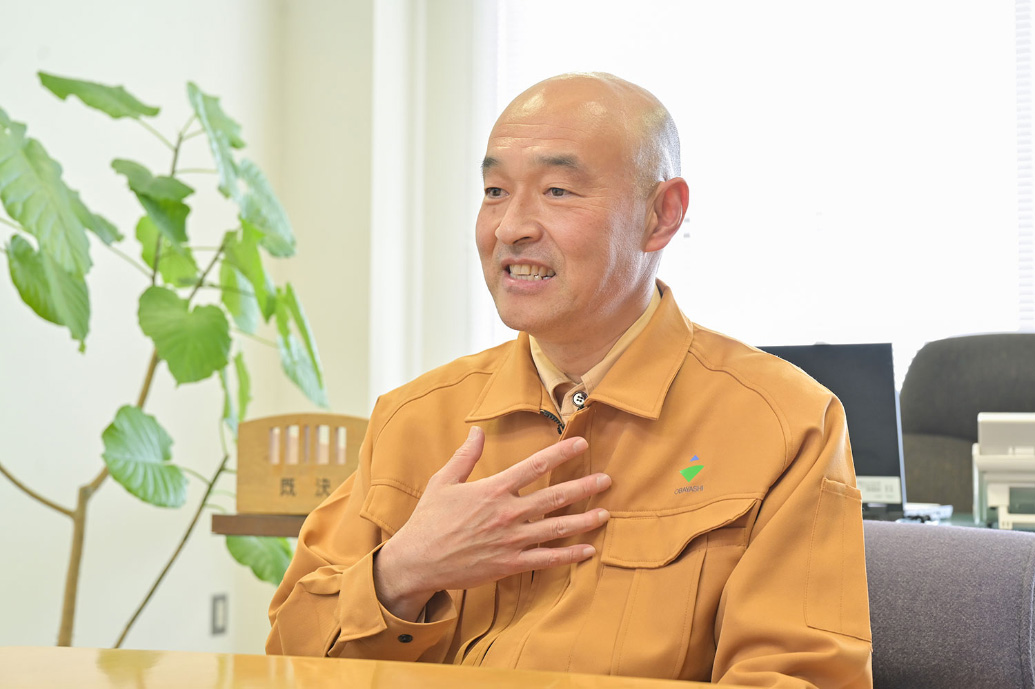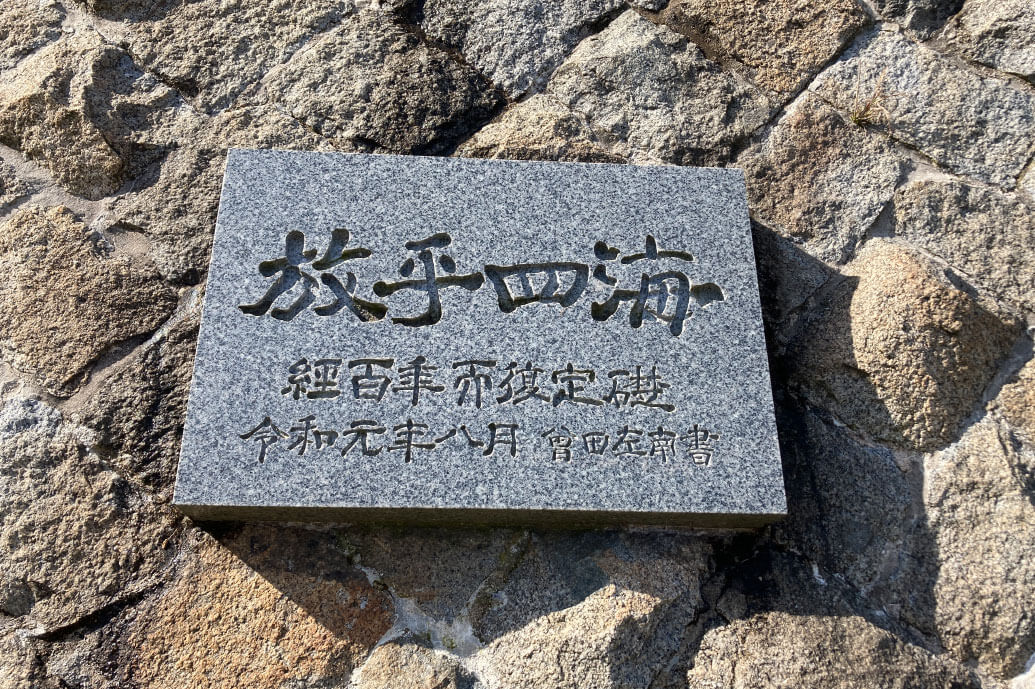STAFF INTERVIEW
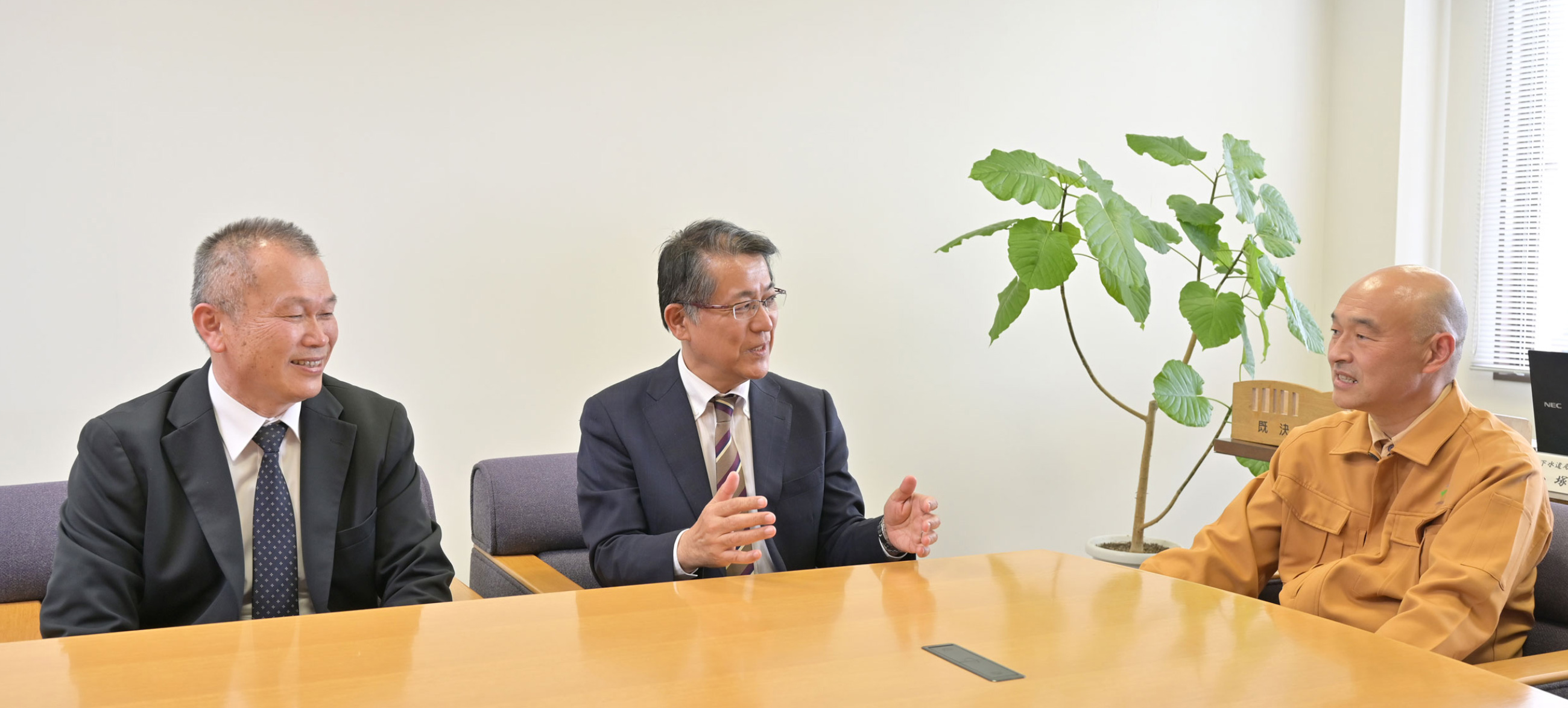
Director, Matsue City Water Supply and Sewerage Bureau
Yutaka Kozuka
Engineering Supervisor, Matsue City Water Supply and Sewerage Bureau
Takashi Nakakura
General Manager, Magoshi Tunnel Reinforcement Construction Office, Obayashi Corporation (at the time: General Manager, Senbon Dam Construction Office)
Chikashi Ota
〈Kozuka〉
In carrying out the Senbon Dam repair work, we held numerous discussions under the guidance of the Ministry of Land, Infrastructure, Transport and Tourism, the river administrator, and in particular with related organizations such as the National Institute for Land and Infrastructure Management and the Izumo River Office of the Chugoku Regional Development Bureau.
Because the construction work was to be carried out under somewhat special conditions, we asked the Dam Engineering Center to play a central role, including design and construction management.
In the process, we procured the funds and carried out the ordering procedures, and as a result of the bidding process, we decided to entrust the construction work to Obayashi Corporation.
〈Ota〉
I have been with the company for 30 years and have been mainly involved in dam construction.
This time, I was assigned as the site manager immediately after the order was accepted, and I was involved in the project from the very beginning, from the construction of the office.
Although Obayashi Corporation operates globally, miraculously I was put in charge of a dam construction project in Matsue City, where my home is located.
I remember being surprised that I would be able to commute from my home, and I was also very freshly inspired by the fact that this was the first time in Japan that a construction method had been adopted for a dam project.
〈Kozuka〉
The Senbon Dam, completed in 1918, was built in only three years at a time when heavy machinery was not available, and was the water source for the entire city with a planned population of 50,000.
Today, it supplies drinking water to about one-fourth of the city's residents.
Since the Senbon Dam has been in use for about 100 years, we conducted our own safety survey and found that it needed to be earthquake-proofed.
The constraints for proceeding with the work were that the dam must be used as an active water source, changes to the shape must be avoided as much as possible because it is a registered tangible cultural property, and the construction cost must be small because government subsidies could not be obtained due to the conditions of the dam. Therefore, we decided to adopt the anchor method, which could solve all these problems, instead of the general thickening method, for the first time in Japan.
〈Nakakura〉
The PS anchor method for dam body is to prevent the dam body from overturning in the event of a large-scale earthquake by inserting anchors made of bundled PC steel wires from the top edge of the embankment and anchoring them to the foundation bedrock.
In this project, 38 PS anchors were installed during the one-and-a-half year construction period.
This was the first dam reinforcement project in Japan using the PS anchor method for dam body, but there were already many examples of such projects overseas, so we did not feel any particular anxiety beforehand.
On the contrary, I felt very reassured by the professionals who were mobilizing all of their resources to carry out the project after repeated discussions and examinations with related organizations that have advanced technical capabilities.
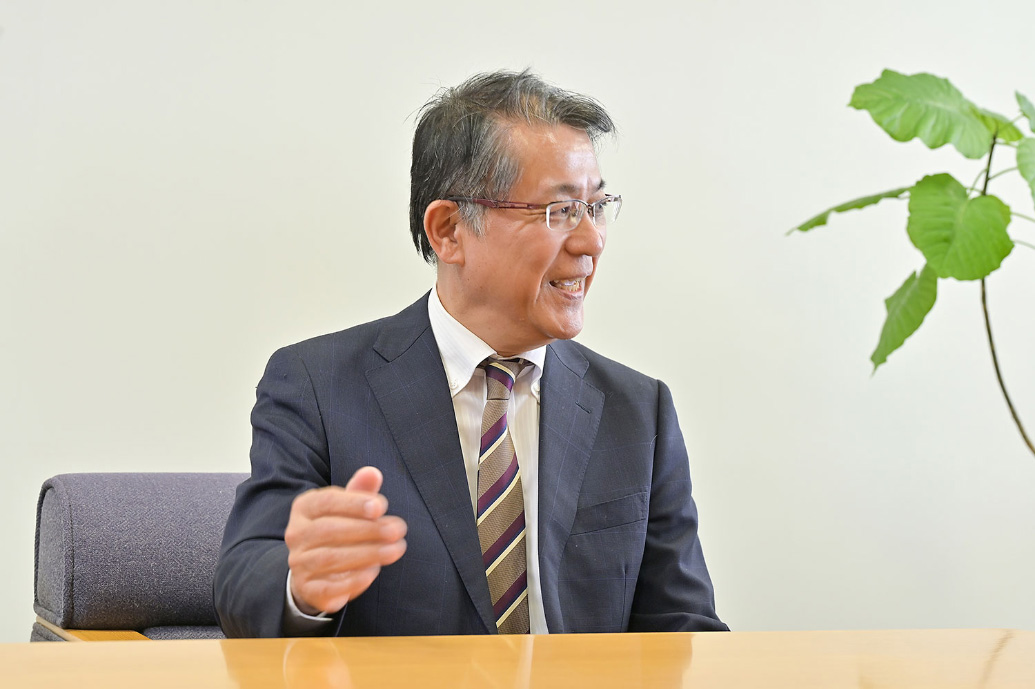
〈Ota〉
We had already accumulated knowledge and prepared ourselves in advance to respond to any requests for the PS anchoring method for levees.
When we heard about this project, we felt that the time had finally come to put it to practical use in Japan.
Although it was Obayashi Corporation that received the order for the construction work, various specialized companies work on the actual construction site.
For this project, we had the technical cooperation of a company that was skilled in anchor construction and had worked with us on the reinforcement of another dam, and a design firm that had anchored the Senbon Dam in the past as part of a survey project joined our team. This was a valuable opportunity for us to gain practical experience with the help of a cooperating company with advanced know-how.
〈Nakakura〉
The PS anchoring method for dam body has the operational advantage of allowing construction work to be done while the dam is still filled with water, as well as the advantages of short construction period and low cost.
We feel that this case study that was not a large-scale construction project covering the entire dam, but rather a minimal construction project that focused on only the necessary areas is significant not only in terms of earthquake resistance, but also in terms of future applications, such as the increasing height of concrete dams.
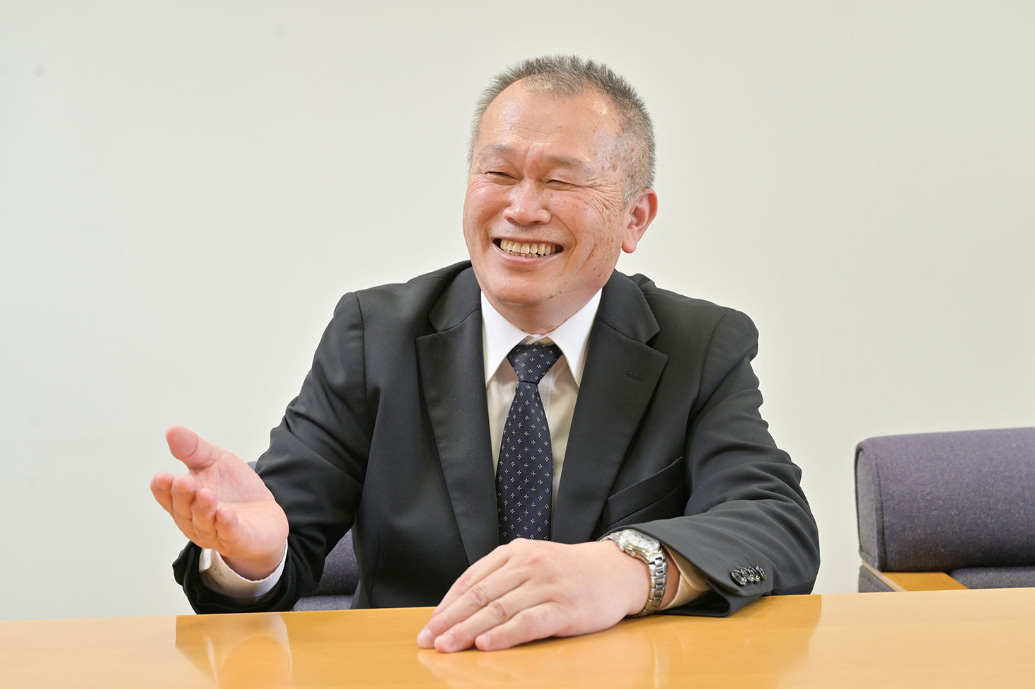
〈Ota〉
Considering the scale of the budget, we had to strictly adhere to a one-year construction period. Furthermore, we had to be very careful to ensure that the water quality met the standards at all times, since we had to proceed with the work without stopping the dam's functions.
First of all, in terms of securing the construction process, 23 anchors had to be driven in the overflow area where water flows out of the dam, and these anchors had to be driven in one season from October to June, when the dam is not in operation.
In addition, we had to be very careful not to discharge muddy water into the reservoir, since the construction work was to be carried out while supplying water to the reservoir.
I was also in charge of the daily pH measurements of the reservoir, which I checked strictly with my own eyes.
I am very proud to have received an award from Matsue City as an excellent construction contractor, in part because we were able to meet these special conditions.
As a side note, the anchoring point is only 70 cm away from the upstream face of the dam body, which stores water, and the masonry concrete dam was built more than 100 years ago, so as a citizen living in the area, I was concerned that the dam might be damaged by the construction work.
However, when we actually dug out the dam, we found that it was much sturdier than we had imagined, and everyone involved in the repair work was impressed by the technical skills of our predecessors.
〈Nakakura〉
Shortly after construction began, the spread of the COVID-19 began, especially when many people were involved in the work.
We cannot imagine how difficult it must have been to manage and care for the site, where we were working on Japan's first construction method, in the midst of uncertainty and not knowing what the COVID-19 was.
Many engineers came from outside of the prefecture to work on the project because of the special construction methods used. I can only express my gratitude to them for staying in Matsue city and sacrificing their personal lives to complete the construction work, even during the major holidays.
〈Ota〉
Although people tend to focus only on the PS anchoring method for the dam body, as this was the first attempt of its kind in Japan, there were actually other difficulties involved.
When anchoring the overflow section, we used a method called wire sawing to cut 80 cm of the upper concrete and flatten it before drilling, because of the surface of the dam body was masoned called “tanidumi”, special techniques were required to restore the area after anchoring.
There has never been a dam construction project that required such a full-scale masonry work.
With the help of a stone mason who was also involved in the restoration of Matsue Castle, we were able to restore the dam to its original state within a short construction period, and we are proud that we were able to make a dam that has existed for more than 100 years live another 100 years longer in its original form.
〈Nakakura〉
We won a special prize in the 27th Shimane Landscape Award for our earthquake-proofing of a registered tangible cultural property without changing its appearance before and after construction.
〈Kozuka〉
Currently, a major issue is how to pass on aging infrastructure to the next generation, including from a cost perspective.
At the city council meeting, there was an opinion that we did not need to repair the Senbon Dam because we receive some water from prefectural facilities, but we finally decided to reinforce the dam in preparation for emergencies such as severe disasters.
I have grown up drinking this water since I was born too, and as Mr. Ota said, it is a great honor to have been involved in the construction work to prolong the life of a dam that has existed for about 100 years for another 100 years.
The dam's nameplate bears a phrase from the Chinese classic "Mencius" that reads, " The water that spouts out from the water source moistens the whole world and eventually reaches the sea (shikai ni itaru).
This phrase symbolizes the importance of water and the workings of nature.
We would like to create an environment that fosters the development of human resources to protect these facilities by providing study opportunities to pass on to future generations the idea of carefully using water and sewage, which are indispensable for the daily lives of citizens, as embodied in these words.
